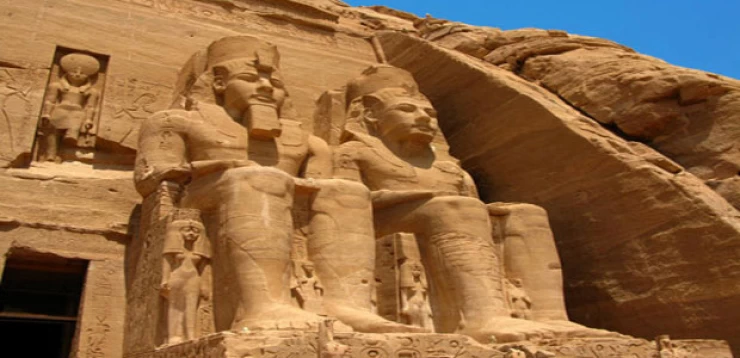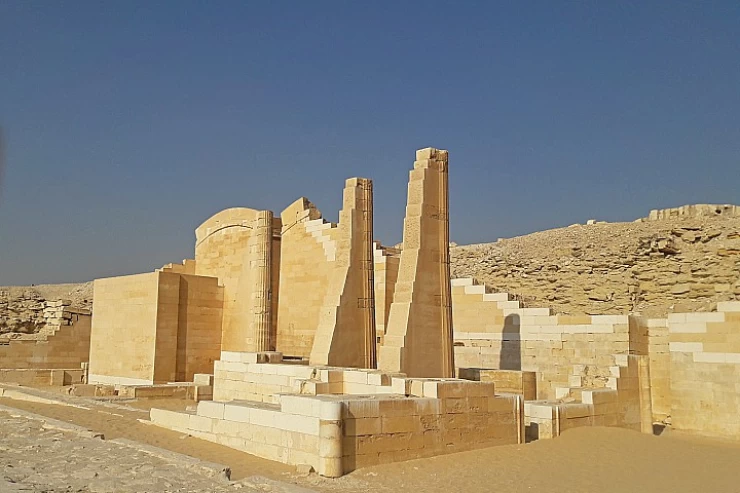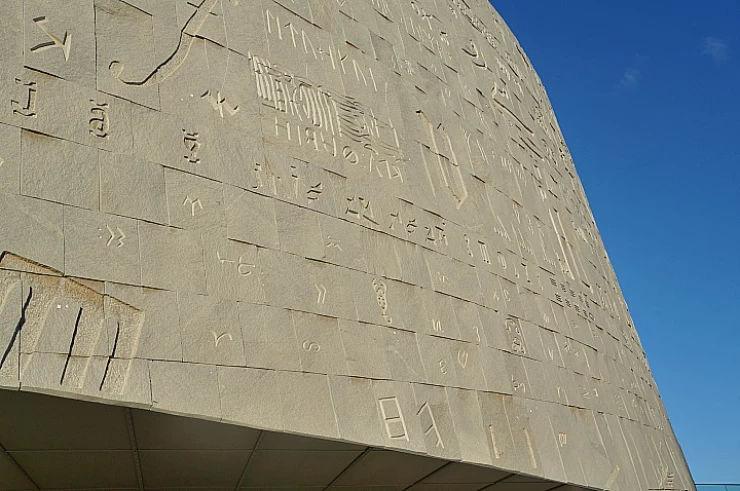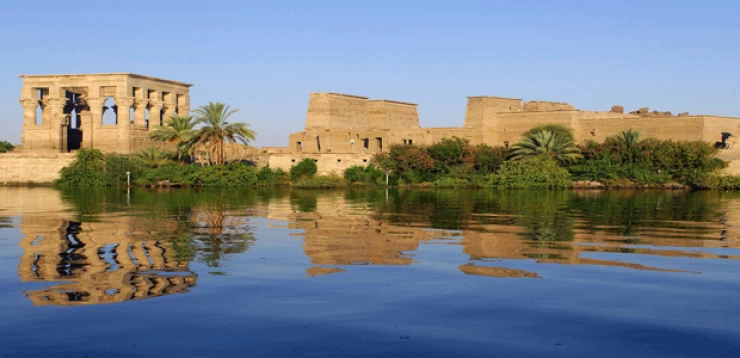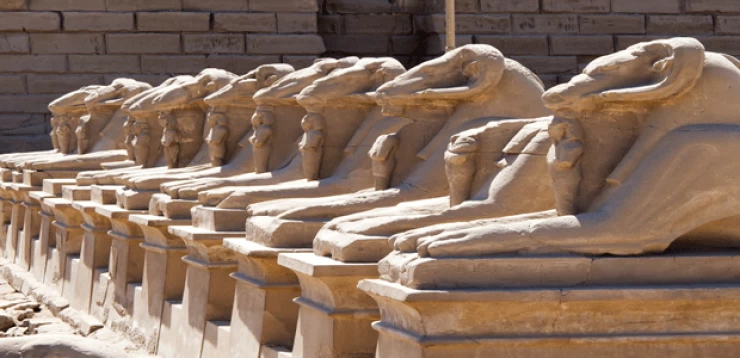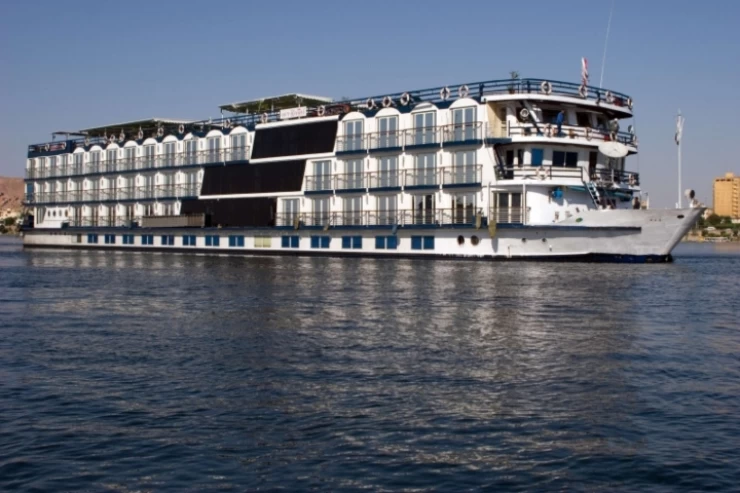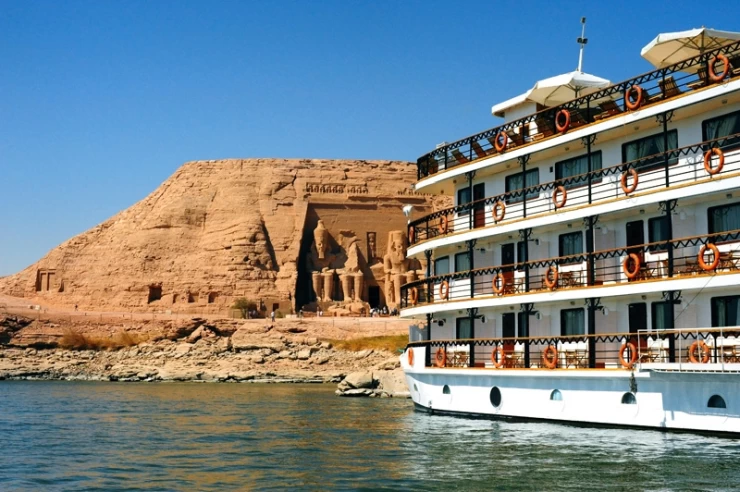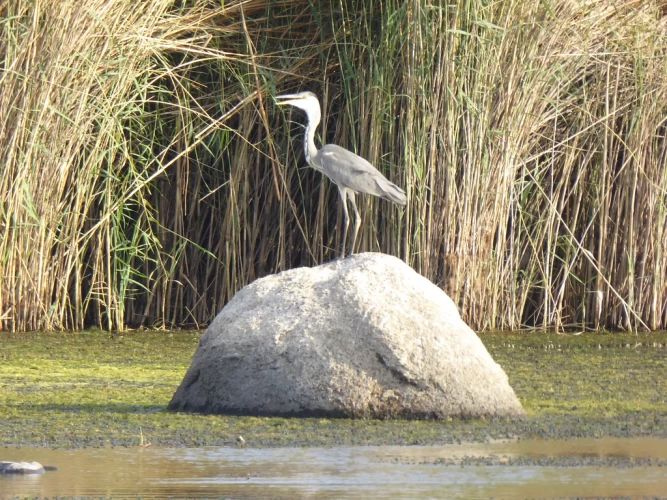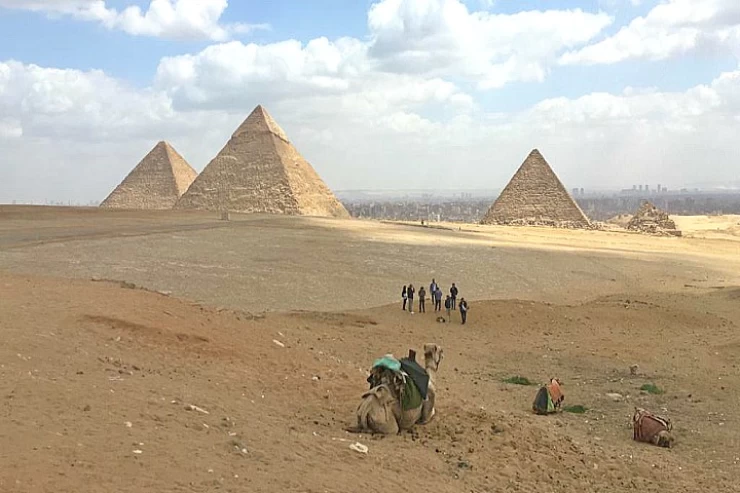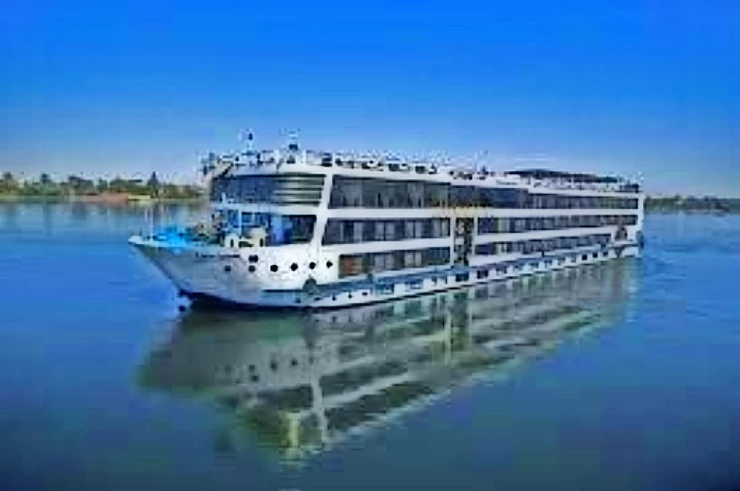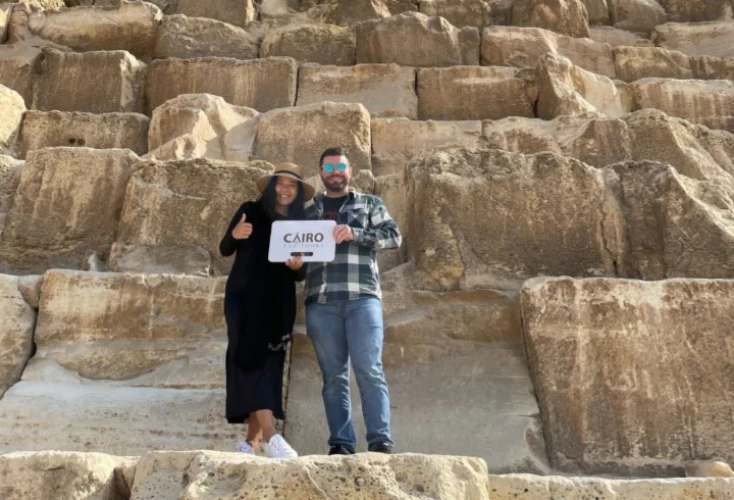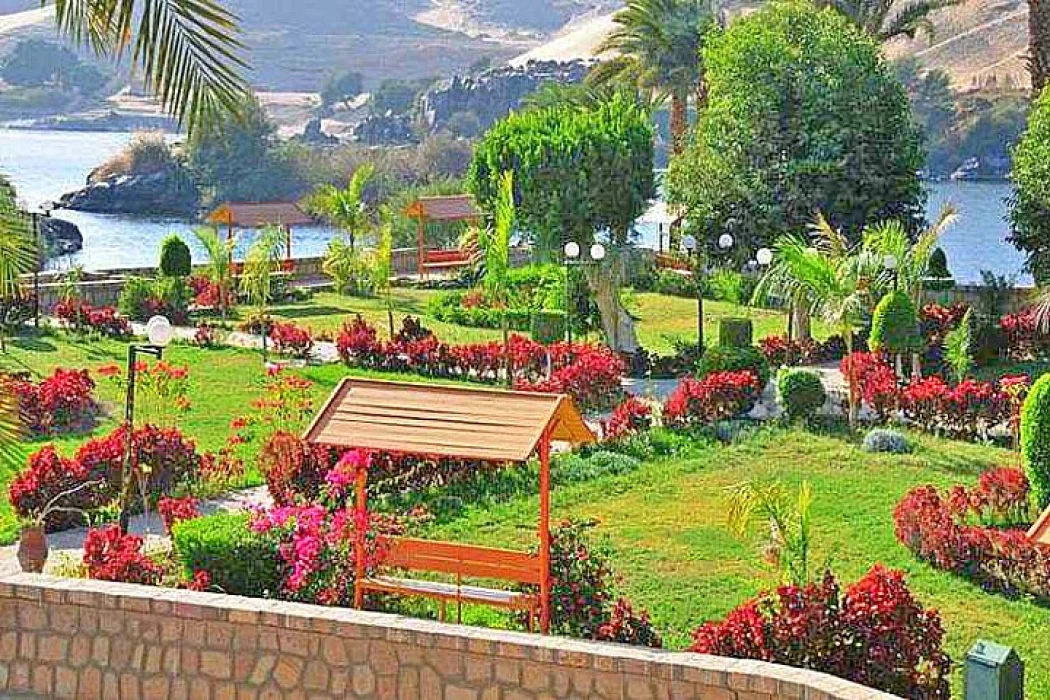
Aswan Botanical Gardens | El Nabatat Island in Aswan
Information about Aswan Botanical Gardens
Covering 6.8 hectares, the Aswan Botanical Garden is home to thousands of birds and numerous exotic plants imported from many parts of the world, including the Indian Far East and Africa. The Aswan Botanical Garden offers a magnificent and unique escape from the city. A veritable jam of Egyptian treasures, a stroll through the garden will transport you to a dream setting.
The entire island is landscaped with rare and exotic plants planted on the orders of Lord Horatio Kitchener, who donated the island in gratitude for his service as Consul General of the British-controlled Egyptian army. Where is the Aswan Botanical Garden ? It's located on Kitchener Island, west of Elephantine Island. It is one of two Nile islands immediately adjacent to downtown Aswan in Egypt.
Kitchener, who had an intense love of palms and other plants, turned the entire island of Kitchener into an exquisite botanical park. The botanical island of Aswan is divided into 27 squares with intersecting vertical and horizontal paths, giving it the appearance of a chessboard. It's an incredible experience to explore this island and all it has to offer. In 1928, the Ministry of Irrigation transformed the botanical garden to showcase trees from five continents.
You'll find a wide variety of plantations and trees on the island, some of which occurred naturally on the island before it was converted into a botanical garden, and others imported from different continents. A number of rare palms such as the royal palm, the Sabal palm and the Phonic Pam tree can be found on the island.
Latest Articles
Admin
Aswan Governerate in Egypt
One of Egypt's southern governorates is Aswan Governorate. The city of Aswan serves as its capital. At a latitude of 22 north of the equator (also known as the Tropic of Cancer), it is bounded to the north by the Qena Governorate, to the east by the Red Sea Governorate, to the west by the New Valley Governorate, and to the south by the Republic of Sudan.
Admin
Luxor Governorate Egypt
The capital of the Arab Republic of Egypt is Luxor City, which was once known as "Thebes City" because it served as Egypt's capital during the Pharaonic era. It is situated in the South Upper Egypt region, approximately 670 kilometers from the capital Cairo from the south. It is bordered on the north by Qena Governorate, on the south by Aswan Governorate, on the east by Red Sea Governorate, and on the west by New Valley Governorate.
Admin
History of kafr El Sheikh Governorate
Kafr El Sheikh Governorate is an Egyptian governorate, located in the northernmost part of Egypt in the Nile Delta, with Kafr El Sheikh as its capital. It had a population of 3,172,753 in 2015 and an area of 3,748 km². Its entire area is located north of the delta and overlooks the Mediterranean Sea. The main economic activity of the residents of the governorate is agriculture and fishing, especially the southern lands of the governorate and the lands overlooking the Nile River - Rosetta Branch.
Admin
Egypt's New Administrative Capital
The New Administrative Capital is located between the Cairo-Suez and Cairo-Ain Sokhna roads, 60 km from Cairo and the same distance from Ain Sokhna and Suez. The New Administrative Capital is located on the border of Badr City, in the area between the Cairo-Suez and Cairo-Ain Sokhna roads, just after New Cairo, Mostakbal City and Madinaty.
Admin
Al Gharbia Governorate
Gharbia Governorate is one of the governorates full of archaeological sites, whether they are places or facilities (mosques, churches), as the governorate is a destination for visitors to these places throughout the year, whether they are Egyptians from the different governorates.
Admin
Hamata Islands (Qulaan Archipelago) in Marsa Alam
The Hamata area, south of Marsa Alam in the Red Sea, is one of the most important parts of the Wadi El Gemal Reserve, whether in the desert or the sea. It was named after the sorrel plant, which was distorted to Hamata.






